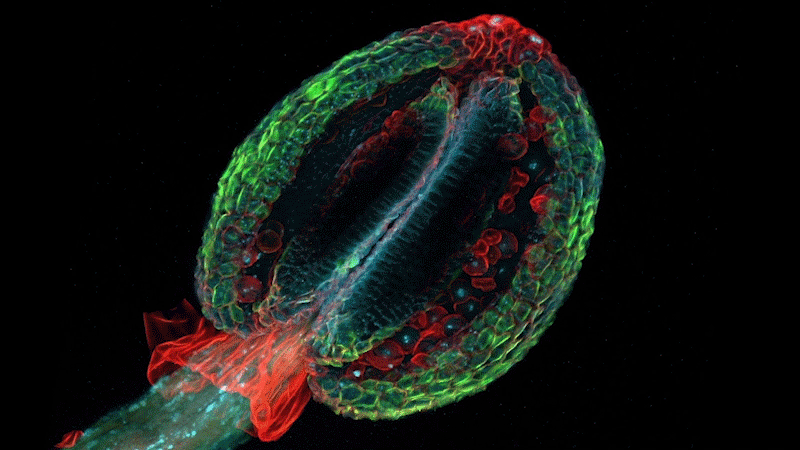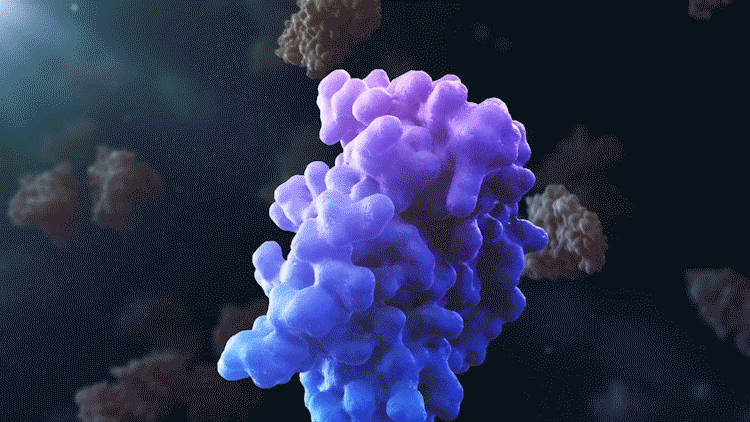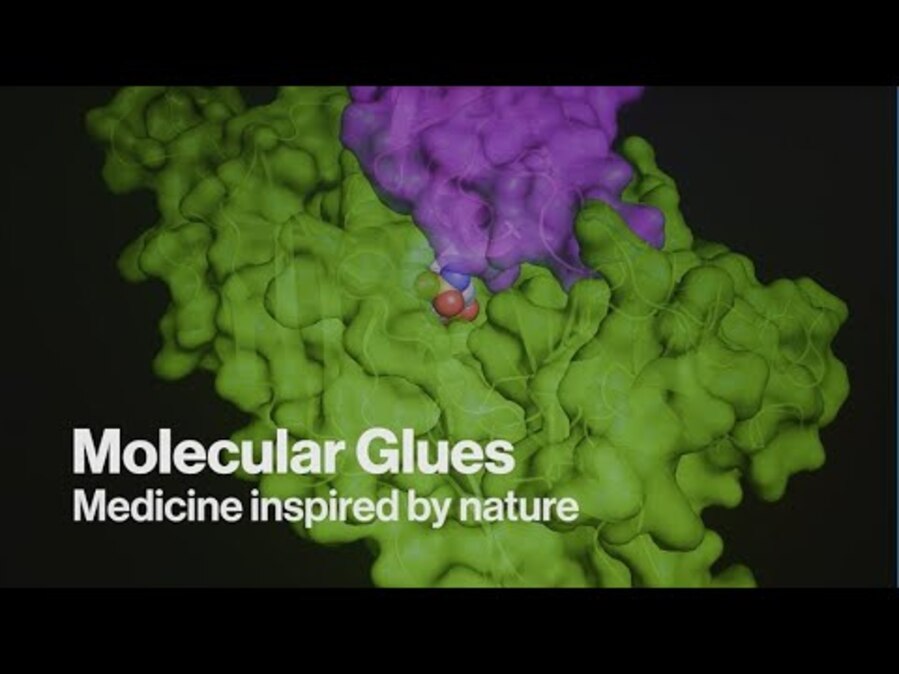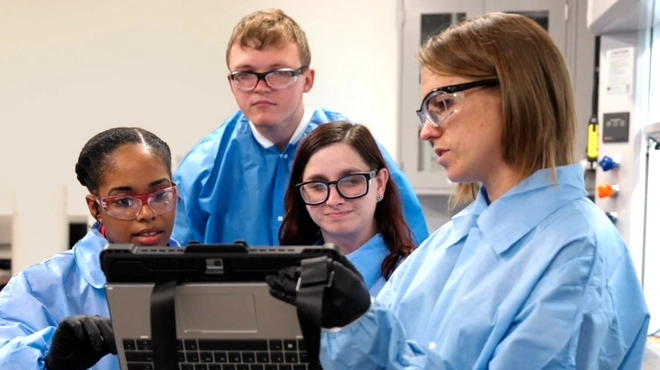Every cell in the human body is packed with proteins. These large molecules float around, bump into one another and make the stuff of life happen. They turn fuel into energy. They dispose of trash. They read genetic codes and coax cells to divide.
In some cells, naturally occurring “molecular glues” float among these proteins. Like crafty matchmakers, these small molecules stick proteins together. By doing so, they may change a cell’s destiny.
Drug hunters at the Novartis Institutes for BioMedical Research (NIBR) think these tiny matchmakers also have the potential to change the course of disease. Our researchers are taking a systematic approach to discovering molecular glues in an effort to alter disease-driving biology. Glues work differently from traditional small-molecule drugs, so they could help us find new ways to treat tough diseases such as cancer.
“They really represent a new type of medicine,” says Jonathan Solomon, a biologist at Novartis who is working to discover disease-disrupting molecular glues.
Nature’s matchmakers

Nature created molecular glues. They were first discovered in plants such as arabidopsis thaliana, shown here under a microscope. Some small-molecule hormones in plants work by sticking proteins together. Some antibiotics that plants produce to defend themselves also work by sticking proteins together.
“We actually feel that this is something in nature that is exploited a lot,” says Rohan Beckwith, a chemist at Novartis who is also driving molecular glue discovery efforts. “Yet the idea of a small molecule bringing two proteins together to impact disease biology has been largely unexplored in drug discovery.”
How glues work

In a cell, proteins are constantly bumping into one another. Many cellular activities happen as a result of protein-protein interactions. Molecular glues perform their matchmaking by sticking a protein to itself or to another protein.
The power of molecular glues in medicine is that they can stick proteins together that don’t normally interact. Since protein-protein interactions drive most biological activities, molecular glues open the door to driving biology that fights disease.
For instance, we can potentially use glues to coax a cell to dispose of a disease-driving protein by sticking a “trash” tag to it. We might also stick a disease-related protein to itself so that it no longer functions, thereby shutting down a disease-related process.
A new type of medicine
 VIDEO
VIDEO
We need new medicines because there are still many diseases that we can’t treat with conventional small-molecule therapeutics. The prevailing approach in recent history has been to use small molecules to break apart protein-protein interactions. This approach has been effective, but researchers have learned that it only works with proteins that have special features.
It turns out that many proteins involved in disease don’t have these special features. Molecular glues, with their protein-pairing capabilities, provide an alternative: bringing proteins together and making new protein-protein interactions to interrupt disease biology.



